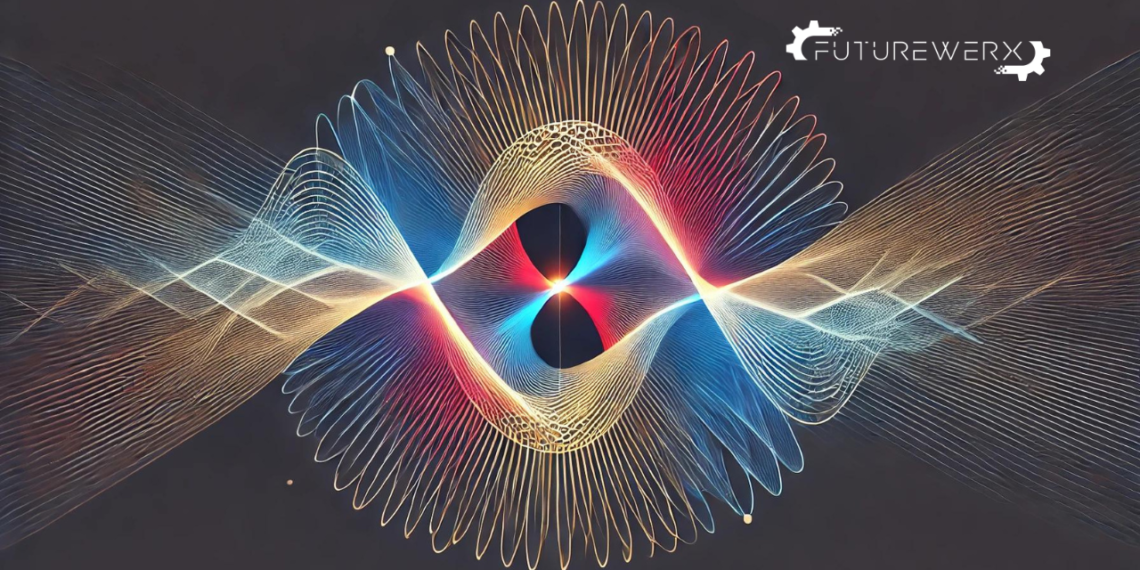A team of researchers from North Carolina State University and the Massachusetts Institute of Technology has unveiled a groundbreaking protocol designed to enhance the performance of quantum sensors. This development could revolutionize the way sensors are designed, allowing them to be fine-tuned to detect specific signals with a level of sensitivity previously unattainable by traditional methods. The research, published in Quantum, promises to push the boundaries of what is possible in quantum sensing technology.
The research team, led by Yuan Liu, an assistant professor of electrical and computer engineering and computer science at NC State, drew inspiration from classical signal processing techniques used by electrical engineers. Liu, a former postdoctoral researcher at MIT, explained that the protocol uses principles from filter design to manipulate quantum sensing systems, thereby enabling them to identify targeted signals more effectively. “Quantum sensing shows promise for more powerful sensing capability that can approach the fundamental limit set by the law of quantum mechanics,” Liu stated, highlighting the potential of quantum systems to revolutionize the field of sensing.
The core of the team’s innovation lies in an algorithmic framework that couples a qubit, or quantum bit, to a bosonic oscillator. Qubits are the quantum equivalent of classical bits, capable of storing quantum information in superposition states ├ |0⟩ and ├ |1⟩. In contrast, bosonic oscillators represent quantum analogs of classical oscillators, like a pendulum’s motion, and are characterized by infinite-dimensional states. This coupling allows for fine-tuning the quantum system to detect signals of interest by employing a polynomial function to manipulate the oscillator’s wave function.
The researchers addressed the complexity of manipulating infinite-dimensional sensors by simplifying the challenge into a decision question: whether a target possesses a specific property. By doing so, they designed a system where the infinite-dimensional sensor is coupled to a two-dimensional qubit, which can be tuned to a specific signal. This coupling leverages interferometry to encode the results into the qubit’s state, enabling a single-shot measurement to determine whether the signal of interest is present. “Once the signal happens, we undo the shaping, which creates interference in the infinite-dimensional system that comes back as a readable result,” Liu explained.
One of the most compelling aspects of this new approach is its efficiency. The protocol allows for a single measurement to determine the presence of a signal, making it a cost-effective and powerful tool for extracting information from complex quantum systems. This efficiency is achieved by using readily available quantum resources on leading hardware platforms, such as trapped ions, superconducting circuits, and neutral atoms, to create a highly responsive sensor system. “Our work is useful because it utilizes readily available quantum resources in leading quantum hardware,” Liu noted.
The implications of this research extend beyond academia, with potential applications in a variety of fields, including military and scientific research. Supported by the Army Research Office and the U.S. Department of Energy, this advancement in quantum sensing technology could enhance the precision of military equipment, scientific instruments, and industrial sensors, ensuring that the United States remains at the forefront of technological innovation. This protocol sets the stage for future developments in quantum sensing, offering a robust framework for designing highly sensitive and precise sensors.
As researchers continue to explore the capabilities of quantum systems, this breakthrough represents a significant step forward in harnessing quantum mechanics for practical applications. The ability to fine-tune sensors for specific signals could lead to unprecedented advancements in various sectors, reinforcing the importance of investing in quantum research and development. The research team, including co-first authors Jasmine Sinanan-Singh and Gabriel Mintzer, both graduate students at MIT, and Isaac L. Chuang, professor of physics and electrical engineering and computer science at MIT, have laid the groundwork for a new era in sensor technology.
This advancement in quantum sensor technology signifies a substantial leap in the pursuit of precision and efficiency in sensing applications. The integration of quantum mechanics with classical engineering principles has opened new avenues for innovation, promising to deliver sensors capable of detecting even the most elusive signals. As the United States continues to prioritize technological superiority, the development of cutting-edge quantum sensors remains essential for maintaining national security, scientific leadership, and economic prosperity.








